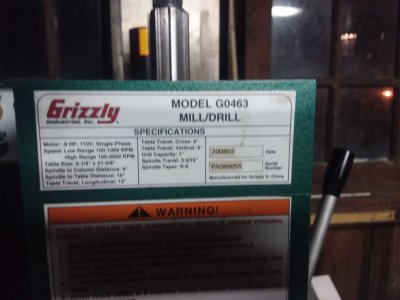- Joined
- Sep 24, 2020
- Messages
- 1,906
My question is, how much Z real estate does the ER collet take up ?I think you made a good choice. These screwless vises are more rigid and ground more accurately than milling vises. I have used them for decades and find them to be a little slower to use but not much. An advantage is that you can place the vise so it does not interfere with Y-axis travel. Just make some hold down clamps your first project.
You will find that the taller jaws is also good. Most 6" parallel sets cannot use the taller ones because the jaws of most machine vises are not that tall. Yours will be very useful.
Next priority will be a good collet holding system. MT collets are pretty good but if I were you, I would look at an ER chuck. Glacern, ETM/Iscar, Rego-Fix and Techniks make good ones. Buy a good chuck; resist Asian imports. Buy good collets - Techniks is good. Buy good ER nuts - ETM, Rego-Fix, Techniks. Ball bearing nuts have greatly improved and may be a better option but if you opt for a solid nut, get one with a hard coating from the same quality makers.
These two things, a good vise and an accurate tool holding system, are the key foundational stuff you must have for a milling machine. You can compromise on other stuff but not these two.
With small mills like ours we need all the space we can get.


